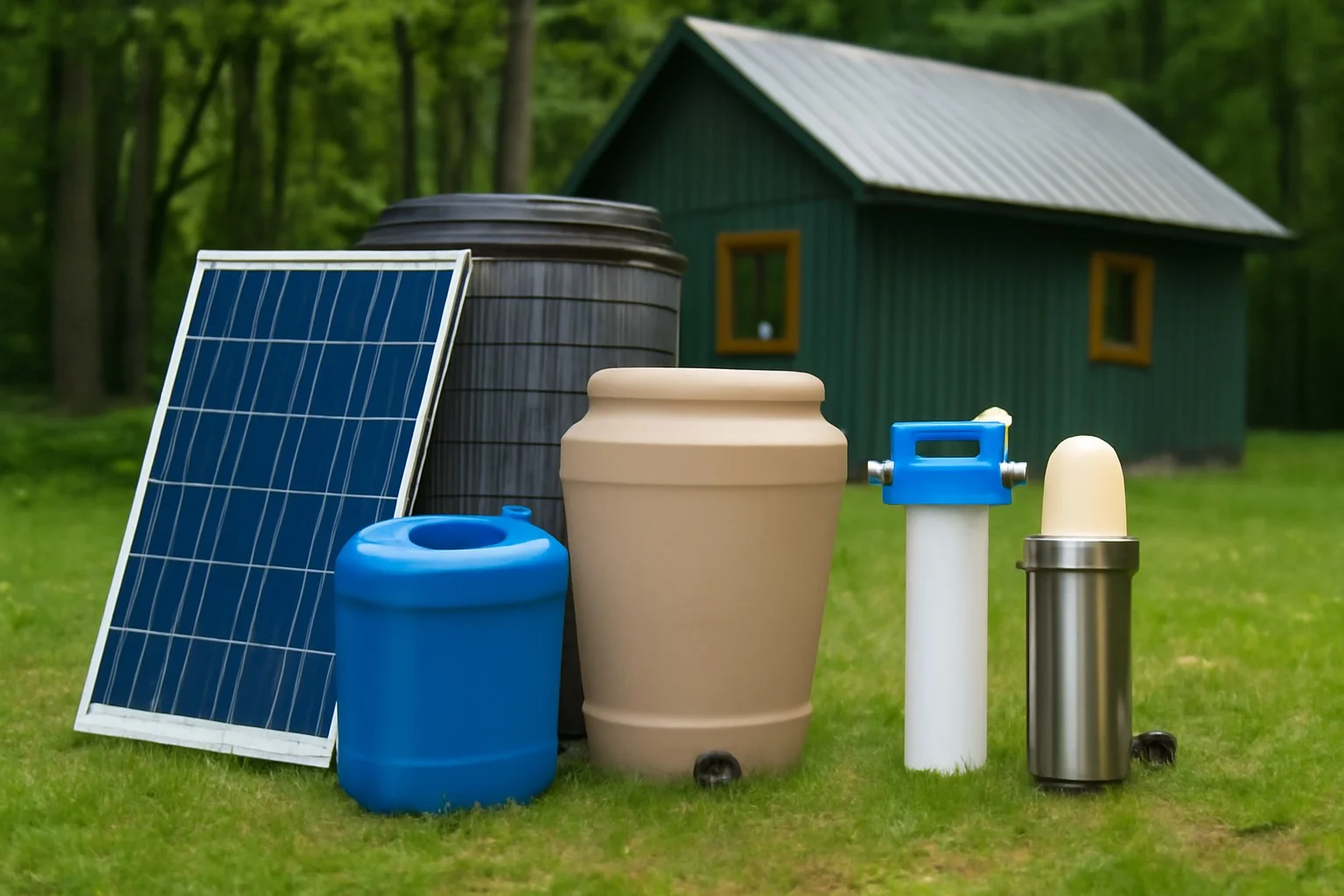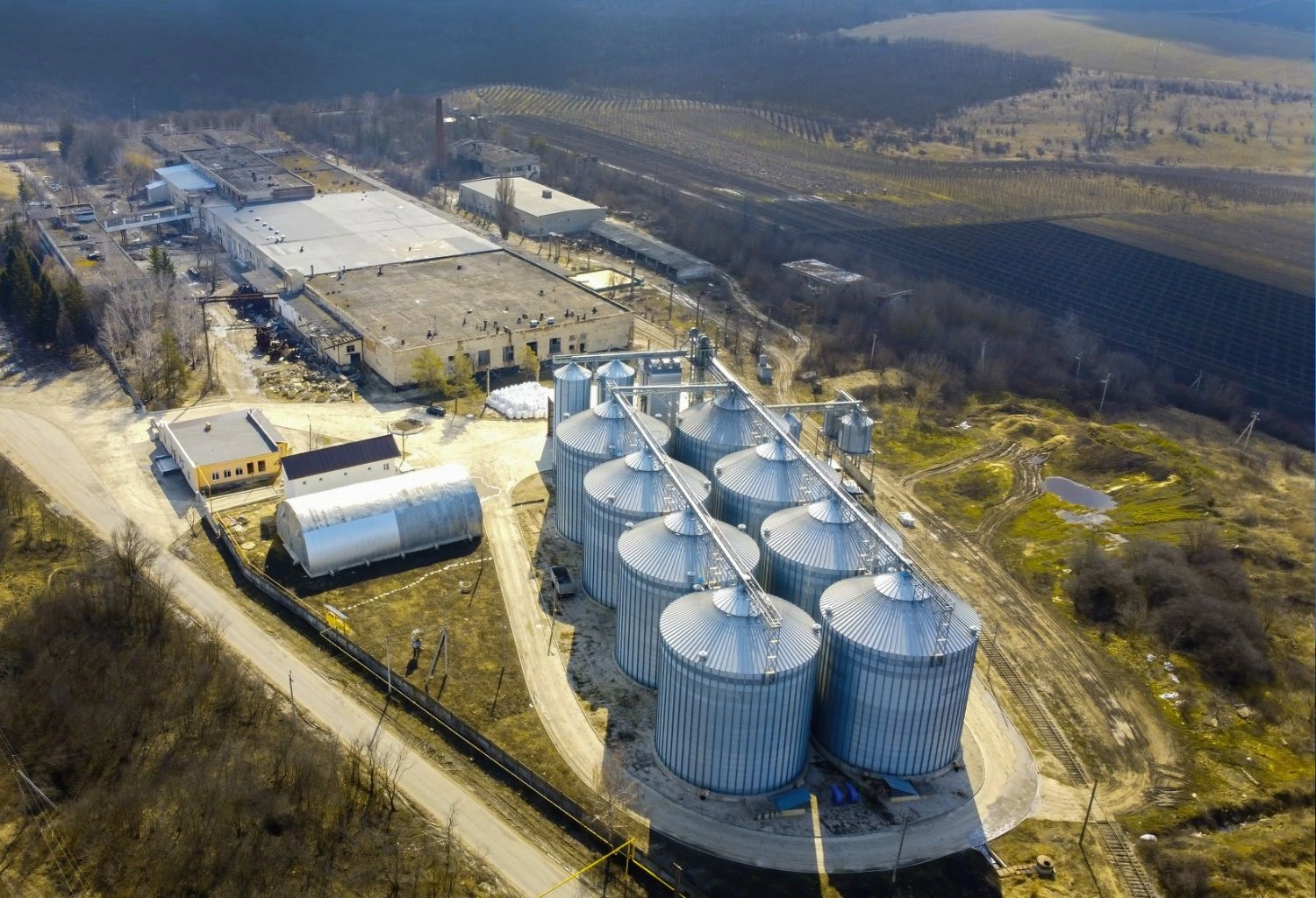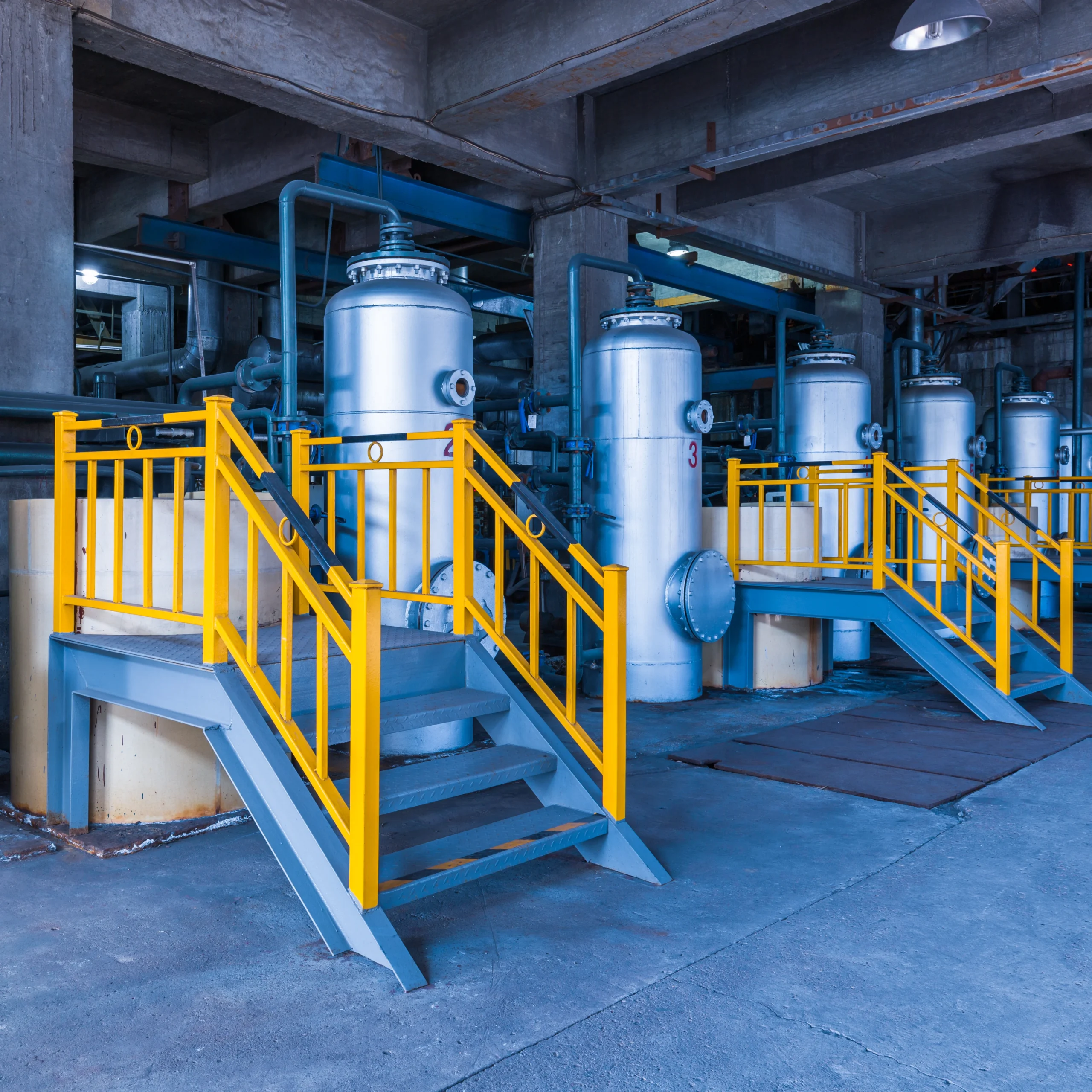How Can Off-Grid Cabin Owners Ensure Clean Water Without Harming the Environment?
Living in a remote cabin is an exciting and peaceful way to experience nature, but it comes with challenges—especially when it comes to ensuring clean, safe water. If you’re an off-grid cabin owner or planning to be one, you might wonder: How can I ensure my water supply is pure without harming the environment? The good news is that there are several eco-friendly water purification methods available that are both efficient and sustainable. In this blog, we’ll explore some of the best options for off-grid water purification methods, perfect for cabins tucked away in nature.
De-mineralization Water System
Demineralization Water System
Demineralization Water System Demineralization (DM) Water System – High Purity Water for Industrial Applications Demineralization is a reliable and efficient technique for producing ultra-pure water by eliminating dissolved salts and minerals. Using cation and anion
Demineralization Water System
What Are the Key Benefits of Eco-Friendly Water Purification for Off-Grid Cabins?
When you live off the grid, you’re essentially responsible for managing your own resources, including your water. While this offers a sense of freedom and self-sufficiency, it also means you need to find ways to purify water without relying on municipal treatment plants or complex chemical processes. Eco-friendly water purification methods are the best way to ensure clean drinking water while being kind to the planet. Here’s why these methods are worth considering:
- Minimal Environmental Impact: Eco-friendly methods use natural processes or renewable energy, avoiding harmful chemicals and reducing waste.
- Cost-Effective: Most sustainable systems have lower operational and maintenance costs over time compared to traditional methods that rely on chemicals or electricity.
- Self-Sufficiency: These methods give you control over your water quality, which is crucial when you’re off the grid and far from urban water supplies.
- Healthier Water: Natural water purification tends to preserve more beneficial minerals, ensuring healthier and better-tasting water.
What Are the Best Eco-Friendly Water Purification Methods for Off-Grid Cabins?
There are several eco-friendly water treatment options that can be tailored to your off-grid cabin needs. Here are some of the most popular and effective methods:
1. Solar Water Purification
How Does It Work?
Solar water purification uses the sun’s energy to sterilize water, making it free from harmful pathogens. There are two main techniques—solar distillation and solar disinfection (SODIS). Both rely on the sun’s heat to purify water.
- Solar Distillation: This method involves heating water in a solar still, where the steam rises and condenses, leaving contaminants behind. The clean water is then collected.
- Solar Disinfection (SODIS): In this method, water is placed in clear plastic bottles and exposed to direct sunlight. UV radiation kills harmful microorganisms, making the water safe to drink.
Why It’s Eco-Friendly
Solar purification uses no electricity or chemicals, relying solely on renewable energy. It’s an incredibly low-impact method, making it perfect for cabin owners who want to minimize their ecological footprint.
Drinking/Industrial Water Treatment System
2. Rainwater Harvesting and Filtration
How Does It Work?
Rainwater harvesting is the process of collecting rainwater from roofs or other surfaces and storing it for later use. Once collected, the water must be filtered to remove debris, bacteria, and other contaminants. Off-grid cabin owners typically use first-flush systems, filters, and UV sterilizers to purify the water before consumption.
Why It’s Eco-Friendly
Rainwater harvesting is an excellent sustainable water source, particularly in areas with regular rainfall. It reduces dependence on groundwater, minimizes water waste, and makes use of natural precipitation patterns. By using natural filtration methods like sand, charcoal, or ceramic filters, you keep the process low-tech and eco-friendly.
3. Bio-Sand Filtration
How Does It Work?
Bio-sand filtration is a simple, effective, and natural way to filter water. It uses a combination of sand, gravel, and biofilm to remove contaminants. Water is poured through a sand column, where microorganisms naturally degrade bacteria, viruses, and other pathogens, leaving purified water behind.
Why It’s Eco-Friendly
This method requires no chemicals, energy, or complex machinery. Bio-sand filters also mimic natural water filtration processes that occur in ecosystems, making it a highly sustainable choice. The materials used—sand, gravel, and organic biofilm—are abundant and non-toxic.
4. Activated Charcoal Filtration
How Does It Work?
Activated charcoal is one of the most popular and eco-friendly water filtration methods. It works by adsorbing impurities, such as chlorine, volatile organic compounds (VOCs), and other chemicals that may be present in your water. This process is highly effective in improving both the taste and safety of your water.
Why It’s Eco-Friendly
Activated charcoal is derived from renewable sources like coconut shells and wood, making it a sustainable option. It’s a non-toxic, chemical-free solution that requires little maintenance and can be easily replaced when needed. It’s also highly effective in removing unwanted chemicals and tastes from your water.
5. Ultraviolet (UV) Water Purification
How Does It Work?
Ultraviolet (UV) light sterilizes water by disrupting the DNA of harmful microorganisms, making them inactive and preventing them from reproducing. UV purifiers use energy-efficient bulbs to expose water to UV light, effectively neutralizing pathogens.
Why It’s Eco-Friendly
UV purification is chemical-free, requires very little energy, and leaves no harmful byproducts. When powered by solar panels, it becomes an even more sustainable option, making it perfect for off-grid cabins.
6. Mechanical Filters
How Does It Work?
Mechanical filters, such as ceramic or stainless steel filters, physically strain out particles and contaminants from water. These filters are often used in combination with other methods like activated charcoal or UV sterilization for a complete filtration system.
Why It’s Eco-Friendly
Mechanical filters are reusable, durable, and require minimal maintenance. They don’t rely on electricity or chemicals, and they can be easily cleaned to ensure long-term efficiency. Many cabin owners opt for multi-stage systems that incorporate mechanical filters to improve overall water quality.
How Do You Choose the Right Eco-Friendly Water Purification Method?
Choosing the right water purification method depends on several factors, including:
- Water Quality: Consider whether your water source is a stream, rainwater, or well water. Some sources may require more intensive treatment than others.
- Budget: Some methods, like UV purification or solar distillation, may have higher upfront costs, but they tend to have low ongoing maintenance costs.
- Maintenance: Consider how much time and effort you’re willing to spend maintaining your system. Simple methods like rainwater harvesting or bio-sand filtration require less maintenance compared to complex systems like UV purification.
- Environmental Impact: If your priority is reducing your carbon footprint, solar or bio-sand filtration systems might be the best fit for your off-grid cabin.
Are There Any Challenges with Eco-Friendly Water Purification for Off-Grid Cabins?
While eco-friendly water purification methods are highly effective, there are some challenges that off-grid cabin owners may encounter:
- Availability of Resources: Some methods, such as solar distillation or UV sterilization, require specific environmental conditions like ample sunlight. You’ll need to assess your cabin’s location to ensure these methods will work effectively year-round.
- Maintenance: Although eco-friendly systems are low maintenance, they still require regular cleaning and monitoring. For instance, rainwater harvesting systems need to be cleaned to avoid clogging, and filters may need to be replaced periodically.
- Water Quantity: In remote locations, access to sufficient water may be an issue. Depending on your cabin’s location, you might need to supplement your eco-friendly methods with backup solutions, such as water delivery services.
Concluison
By choosing the right eco-friendly water purification methods, you can ensure that your off-grid cabin remains self-sufficient, sustainable, and environmentally friendly. Whether you opt for solar, bio-sand filtration, or rainwater harvesting, you’ll have peace of mind knowing your water is safe to drink while leaving minimal impact on the planet.
FAQ: Eco-Friendly Water Purification Methods for Off-Grid Cabins
Q1: How much does it cost to install an eco-friendly water purification system for an off-grid cabin?
A1: The cost varies depending on the method you choose. Rainwater harvesting systems can be installed for as little as a few hundred dollars, while more advanced systems like UV purification or solar distillation can cost between $1,000 to $2,500 or more, depending on the setup.
Q2: Can I use a combination of methods for water purification?
A2: Yes, combining different methods can be very effective. For example, you can use a mechanical filter to remove larger particles, followed by activated charcoal or UV purification to further cleanse the water.
Q3: Is rainwater harvesting legal in all areas?
A3: Rainwater harvesting is legal in most places, but it’s essential to check local regulations, as some regions may have restrictions or require permits for collection systems.
Q4: How long do eco-friendly water purification systems last?
A4: The longevity of your system depends on the type and maintenance. Filters may need to be replaced every 1-2 years, while systems like bio-sand filters can last for decades with proper care.
Q5: How much energy does a UV water purifier consume?
A5: UV purifiers are generally energy-efficient. If powered by solar panels, they consume very little energy, making them an ideal off-grid option.



